The park has several nice trails and is heavily wooded with most of the forest in the climax stage of growth. Large maples, oaks, beeches and tulip poplars dominate the landscape. Underneath these trees the forest floor is relatively clear, but you can see American holly, ferns and mountain laurel - lots of mountain laurel, I need to come back late next spring to see them bloom. Our camp site was in a less wooded area, but it was still nice and had wild grapes hanging over the tent pad.
The trail behind our camp led us through the rich forest, down nearly 200' of steep slopes to a wetland and then out to Fossil Beach and the Potomac. You can guess why it is called Fossil Beach. 15 million years ago the whole area was covered by a warm, shallow Miocene sea that was teaming with marine life, including 20 species of shark who were constantly shedding their teeth only to fall to the bottom to become covered in sediment. We spent quite a bit of time looking for fossils, especially the large teeth of the giant Megalodon shark. Unfortunately we only found some of its smaller cousin's teeth.
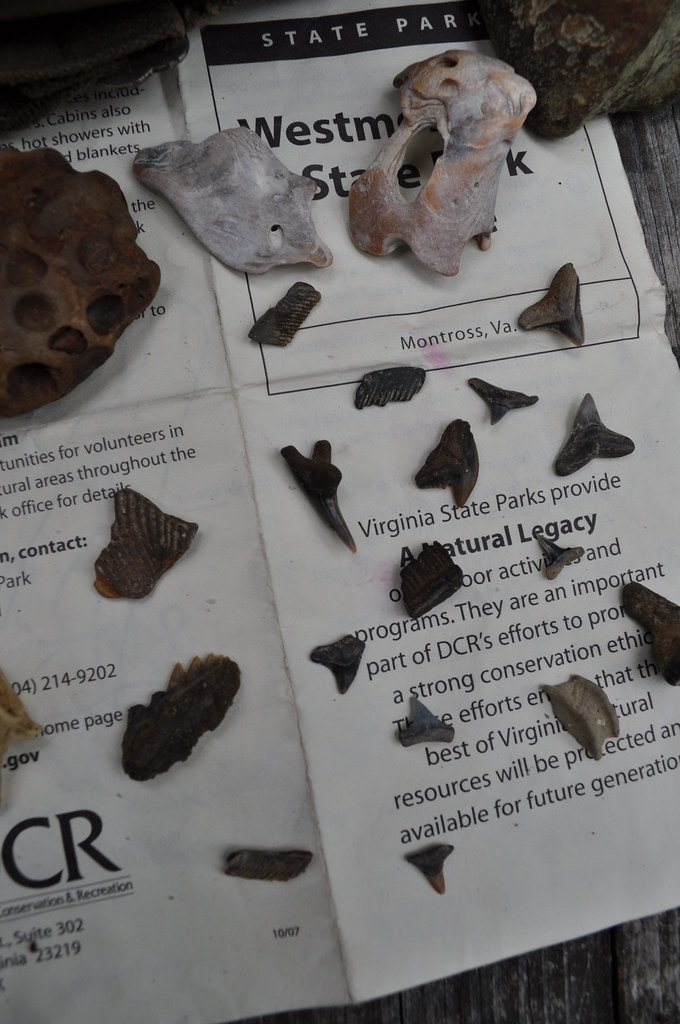
One of the more exciting parts of our trip was a guided kayak tour. Although the skies were gloomy when we put the kayaks in the water, the weather was otherwise calm. There were about 15-20 people on the trip and soon after we left the landing the winds came up and so did the waves. Water was coming into the kayak and we were getting soaked; I was afraid the water-proof bag would not protect my camera from the salt water, but it did. We were lucky compared to others, several people ended up in the water and had swim to shore. The ranger ended the trip early and had us beach the kayaks underneath Horsehead Cliffs, where you are not normally allowed to go. The cliffs are fragile and have a tendency to slough off huge hunks of earth, sandstone boulders and large trees. The weather never calmed, and we ended up having to abandon the kayaks and walk back to the landing, but this gave everyone something to remember and an opportunity to look for more fossils.
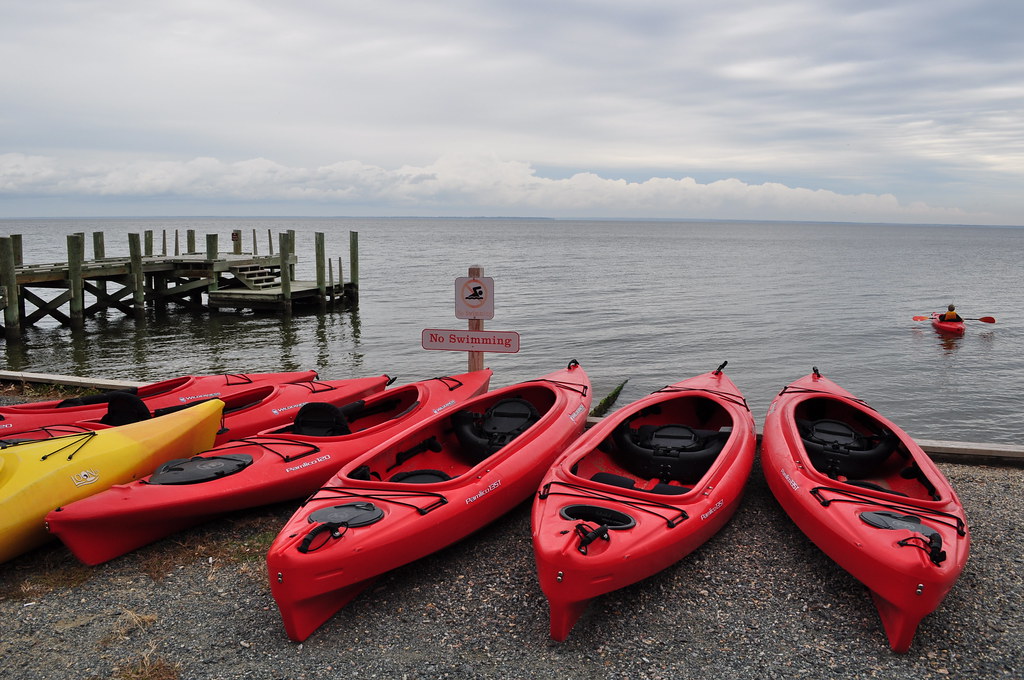
I was hoping to see some fall colors while we were there, but things had only entered the early stages and were still mostly green, but green is a color too. Nevertheless there were plenty of things to look at including Baccharis in full bloom, fruiting deciduous hollies, wild rose hips and native Viburnum.
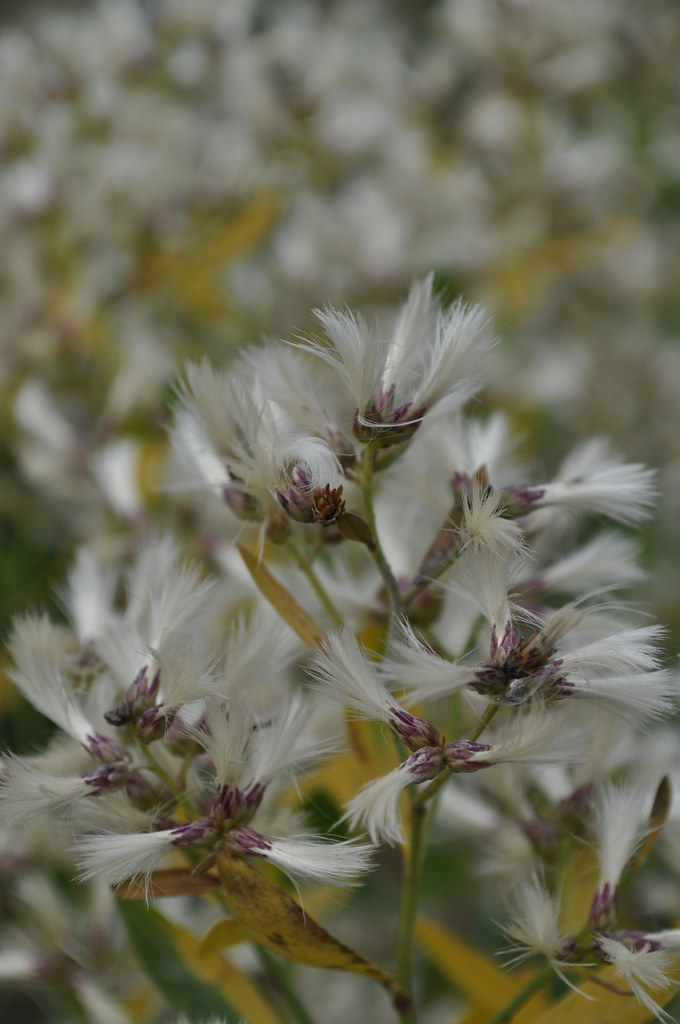
My next post will take us to Stratford Hall, a place I have always wanted to visit. If you would like to see the rest of my Westmoreland Park photos, you can visit my Flickr page.
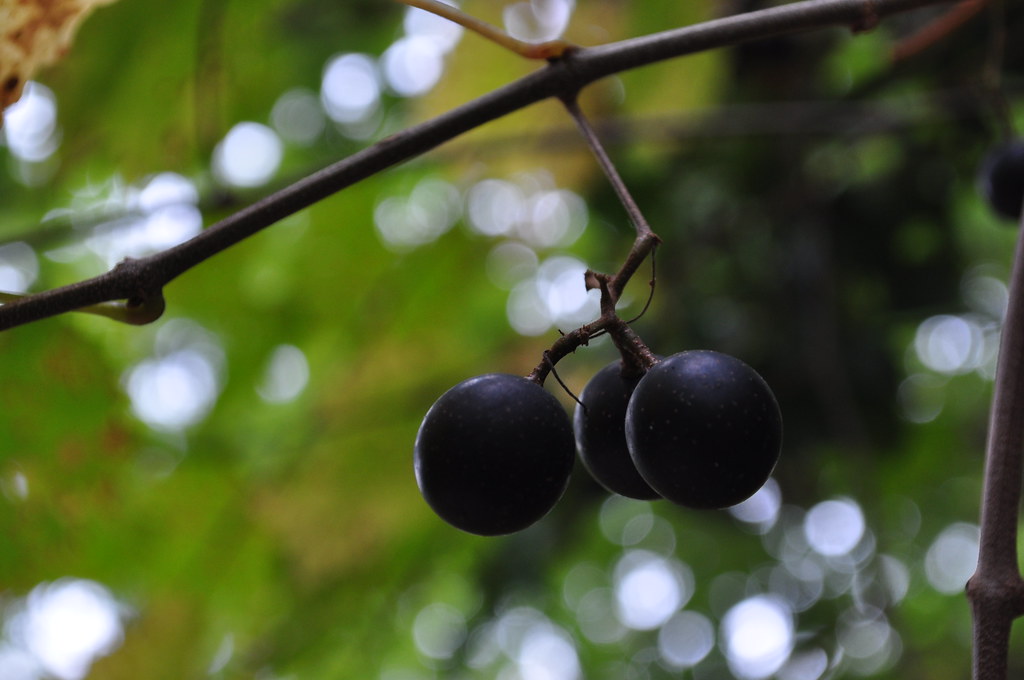

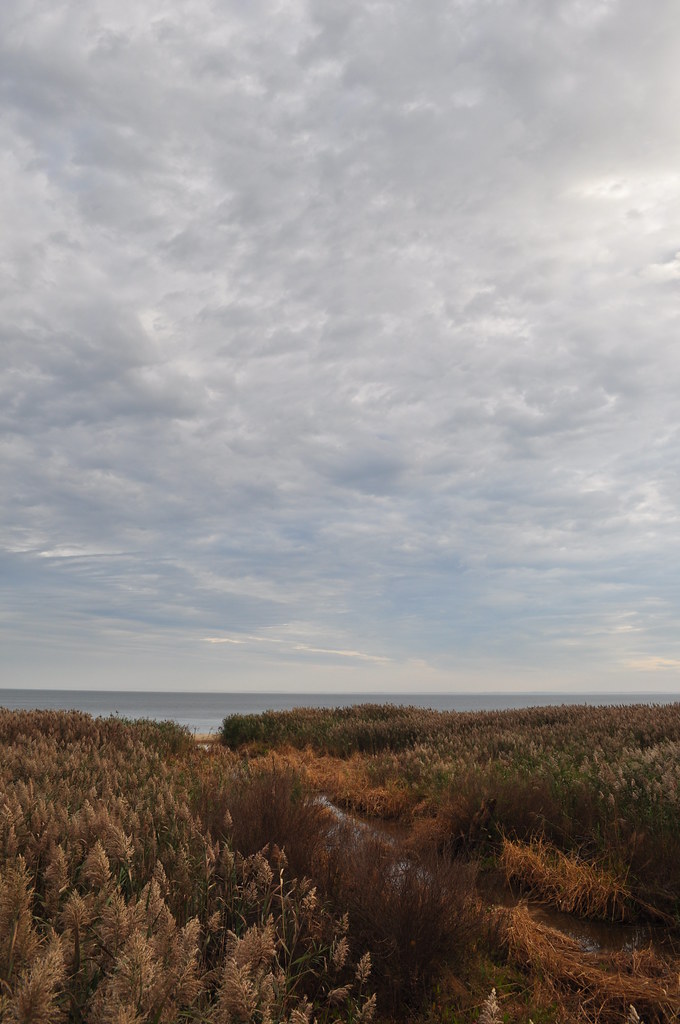


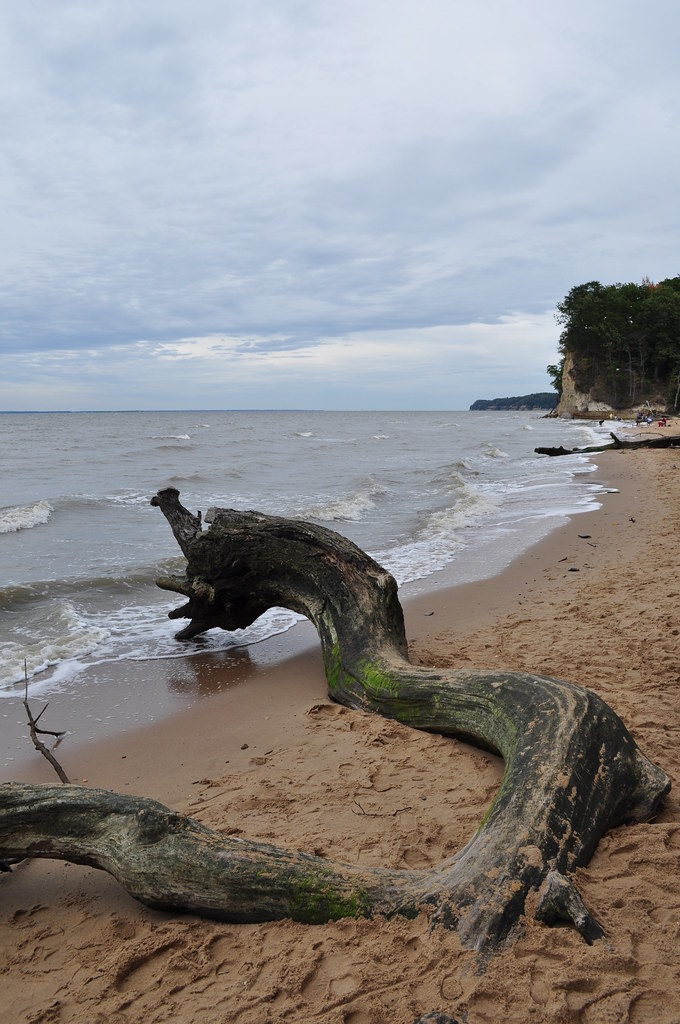

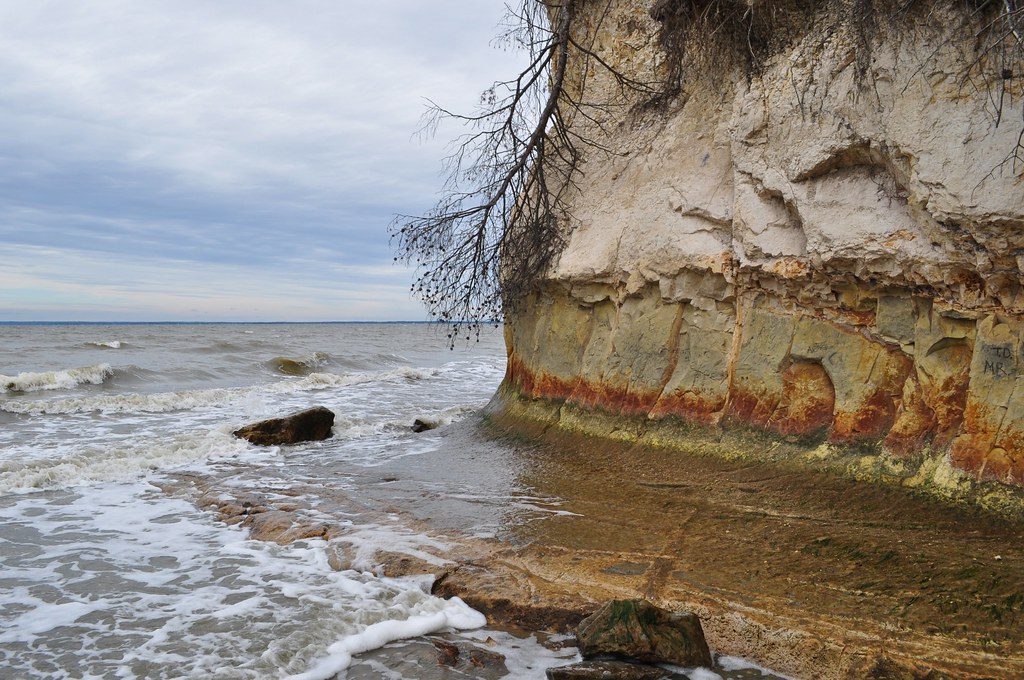

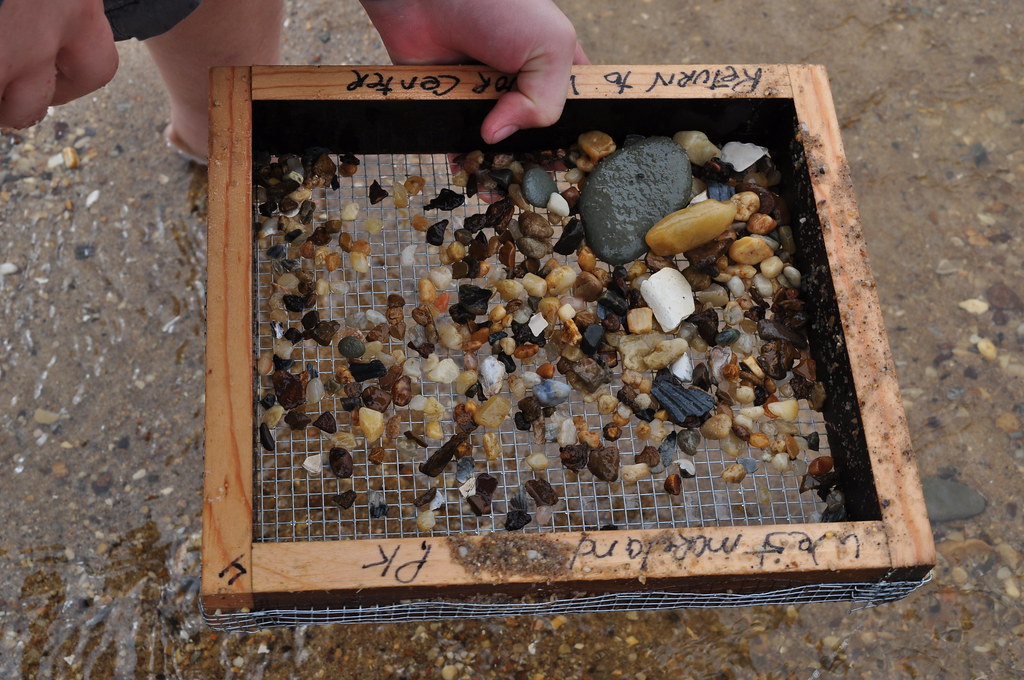
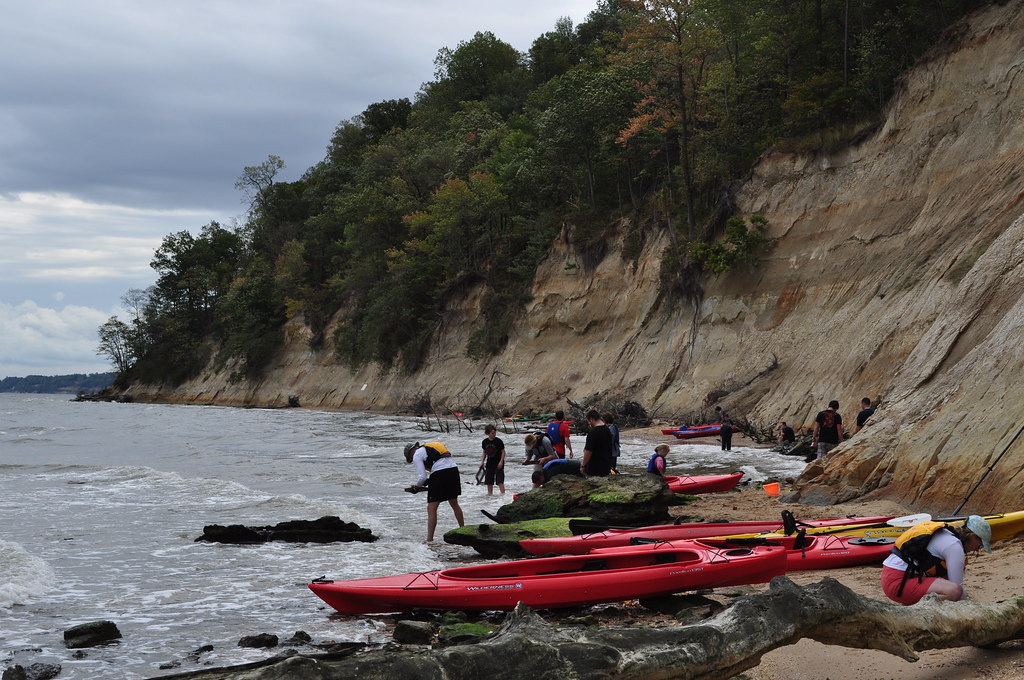
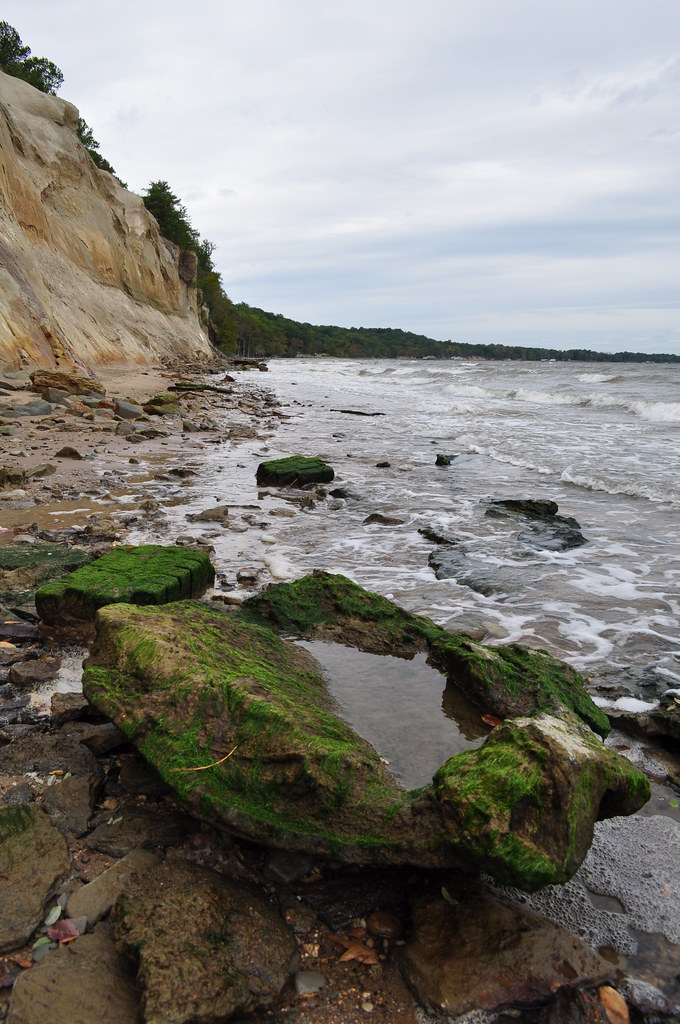
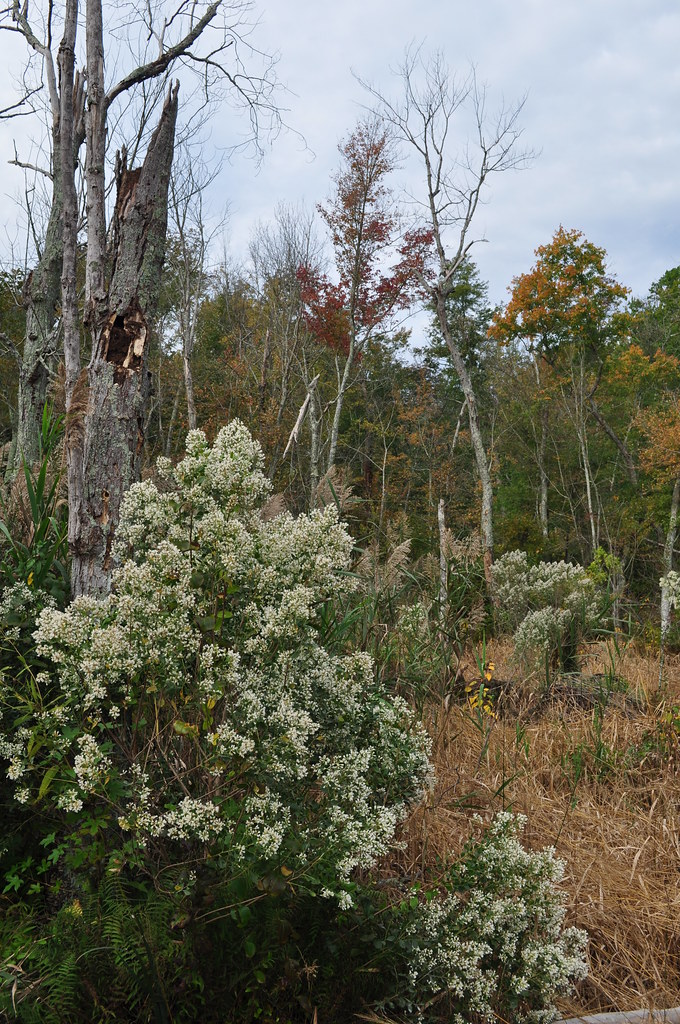







Really nice eye for composition. I watched your Flickr slide show. Beautiful. I've always wondered why people don't plant Baccharis ornamentally.
ReplyDeleteSounds like a wonderful trip. Hard to imagine this is so close by. I like seeing the layers of soil along the cliff. Fossil hunting sounds like fun. Being chilled tonight from our weather, I can't imagine getting wet in the kayak. brrrrrr....
ReplyDeleteanother beautiful travelogue. I love the way you rattle off the names of the vegetation--educational, that's what that is!!Thanks for showing us around our lovely state.
ReplyDeleteExquisite photography! I had no idea Virginia had such beautiful coastline and cliffs. What a lovely venture out with your son. A joy to see and learn! Thanks for visiting Flower Hill Farm! Carol
ReplyDeleteThanks for sharing your weekend trip with us Les. You captured some wonderful scenery!
ReplyDeleteJames,
ReplyDeleteWe used to sell Baccharis at work, but the only nursery that ever grew it is now out of business. That's a shame because it is lovely in the fall.
Janet,
It took us about 3 hours to get there, and most of that was trying to get from Norfolk through N. News and York Co. Once you get past Gloucester it is smooth sailing.
Karen and Joe,
Thanks for the compliment. You probably have lived here long enough to call it yours too.
Carol,
If you count the Atlantic, the Chesapeake and all the rivers in the state, Virginia has close to 5000 miles of shoreline. Most of those miles are beautiful, but very few of them have cliffs, which makes Westmoreland special.
Racquel,
Thanks for stopping by. No pressure here, but I hope you start posting again soon. It was good to here from you.
Les
What a beautiful spot!
ReplyDeleteWhat a beautiful set of pictures. Gorgeous coastline. It's been years since I've been kayaking. That bonfire looks so welcoming.
ReplyDeleteThat looks like a beautiful area. I thought only California had cliffs like that.
ReplyDeleteGreat photos Les! I've never been up there but you make it look like a very intriguing place to visit.
ReplyDeleteI'm sure you wont ever forget that kayak trip! Glad your camera didn't get damaged.
Phillip,
ReplyDeleteIt certainly was, and we were not the only natives there.
Digital,
There are similar formations just across the river in Maryland as well.
Joan,
Thanks for the compliment. The fire was very welcome, particularly on the second night - it was cold out!
Alan,
It could be a good family trip. If not everyone likes to camp, they have quite a few cabins there as well.
Les